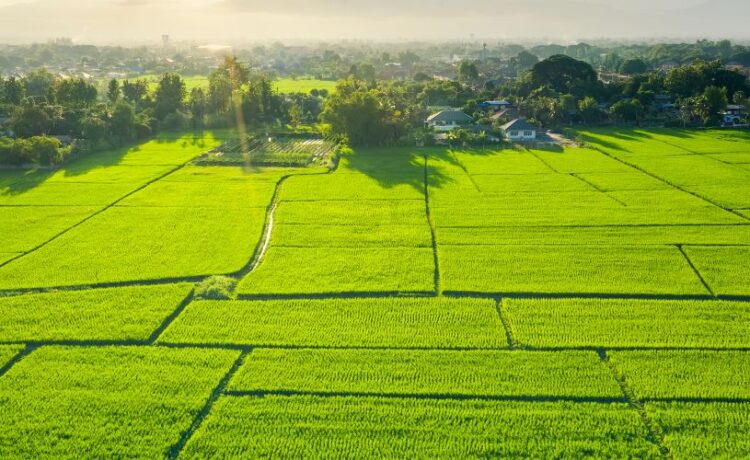When it comes to real estate and land measurement, understanding the size of a particular parcel of land is crucial for various purposes, from agricultural planning to property development. One common measurement used in the real estate industry is acres, a unit of area measurement that is often used to quantify the size of land. In this article, we delve into the question, “How big is 3 acres?” to provide insights into the scale and magnitude of this land measurement.
The Basics of Acreage Measurement
Before diving into the specifics of 3 acres, it’s essential to grasp the fundamentals of acreage measurement. An acre is a unit of area measurement that is commonly used in the United States and some other countries. One acre is equivalent to 43,560 square feet or approximately 4,047 square meters. To put this into perspective, an acre is roughly the size of a football field, excluding the end zones.
Understanding the Size of 3 Acres
When we consider a parcel of land that measures 3 acres, we are referring to an area that spans three times the size of a single acre. To visualize the size of 3 acres, let’s break it down into some common comparisons:
Football Fields: As mentioned earlier, a single acre is approximately the size of a football field. Therefore, 3 acres would be equivalent to three football fields placed side by side.
City Blocks: In urban areas, city blocks are often used as reference points for land size. 3 acres would cover a significant portion of several city blocks, providing ample space for various uses.
House Lots: In residential areas, a typical house lot is around 0.25 to 0.5 acres in size. With 3 acres of land, you could potentially have enough space for six to twelve standard house lots, depending on the layout and design.
Farmland: In agricultural contexts, 3 acres of land can accommodate a small farm or garden, allowing for the cultivation of crops, livestock grazing, or other agricultural activities.
Recreational Spaces: For recreational purposes, 3 acres of land provide ample room for outdoor activities such as sports fields, playgrounds, or park amenities.
Potential Uses of 3 Acres
The size of 3 acres offers a range of possibilities for land use and development. Some potential uses of a 3-acre parcel of land include:
Residential Development: With 3 acres, developers can create a small residential community or build multiple single-family homes on the property.
Commercial Purposes: The space can be utilized for commercial developments such as retail outlets, office buildings, or mixed-use projects.
Agricultural Ventures: Small-scale farming or gardening operations can thrive on a 3-acre plot, providing a sustainable source of produce or livestock.
Recreational Facilities: Parks, sports fields, community gardens, or outdoor recreational spaces can be established on 3 acres of land to serve the local community.
Conservation Efforts: Protecting and preserving natural habitats or green spaces is another valuable use for 3 acres of land, contributing to environmental sustainability.
Conclusion
In conclusion, understanding the size of 3 acres provides valuable insights into the scale and potential uses of a parcel of land. Whether you are a real estate developer, farmer, homeowner, or conservationist, grasping the dimensions of 3 acres is essential for effective land planning and utilization. By visualizing the size of 3 acres and exploring its possibilities, individuals and organizations can make informed decisions regarding land development, investment, and stewardship.







